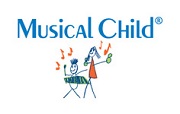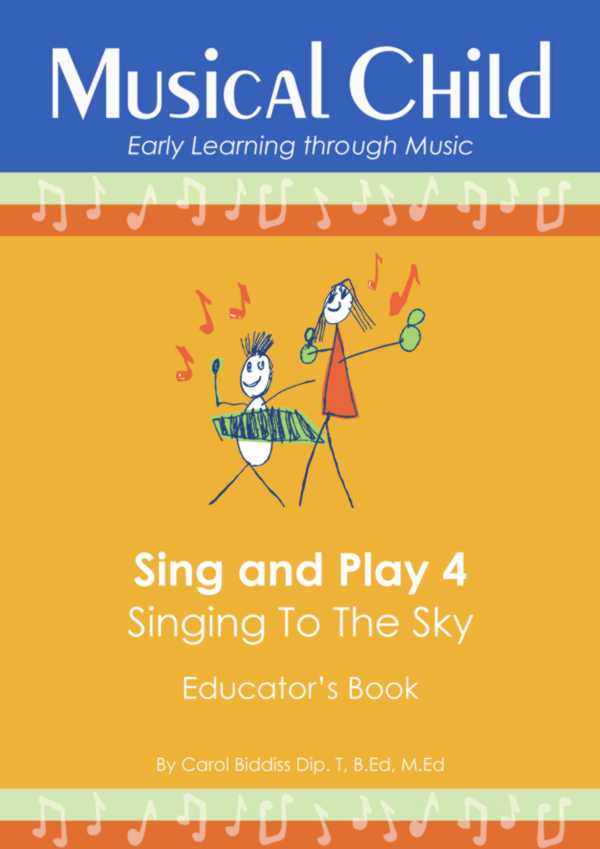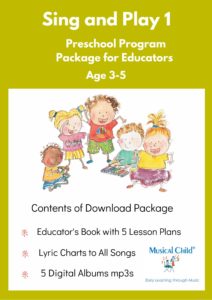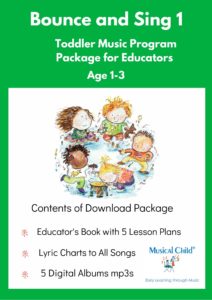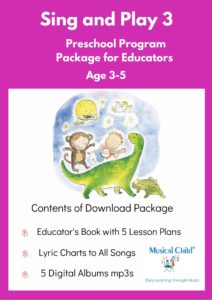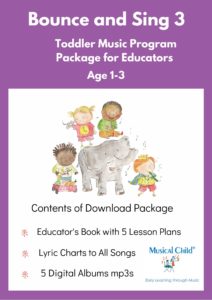Writing preschool music lesson plans
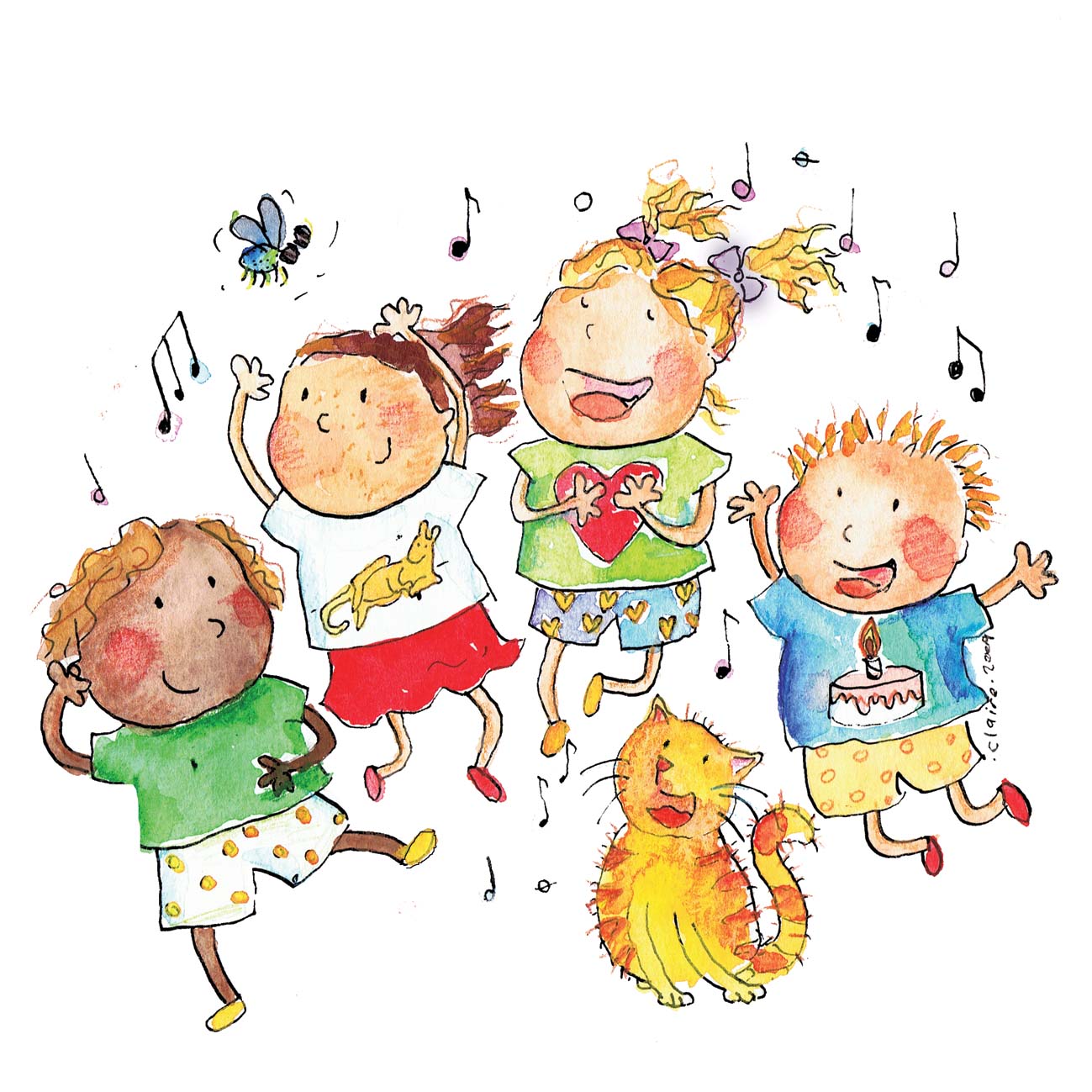
Curriculum Documents – Following the Rules
When I was training to become a teacher there was nothing I hated more than writing lesson plans. These curriculum documents had to follow all the rules (don’t ask me what they were now!) and submitted in perfect “infant script”- the style of hand-writing we were to teach the five, six and seven year-old children in Infant School. Later, as a beginning teacher I had to submit term programs to the MIM, Mistress of Infant Method, the dark ages equivalent of a school principal. I didn’t mind dreaming up term programs but I rarely stuck to my prototype curriculum documents because creativity was all the rage with beginning teachers.
Strict Curriculum Documents
There were strict curriculum documents that told you what to do in the “important subjects”- English and Mathematics- but you could have your head with other subjects including my favourites – music, poetry and story-telling. Science educational ideas barely existed as curriculum documents and technology was not on the horizon except as craft.
Years later I enrolled in a Grad. Dip. in Curriculum Writing where I came face to face with the blaring truth that curriculum is not what is written but what happens. Many good, bad and plain ugly curriculum-writing tasks happened in the following years, including writing a state-wide arts curriculum, that made me resolve never to write about the educational process again.
However, and fate always throws us a however, I eventually arrived at a crucial point in the evolution of Musical Child – my little pet project to share music with my local community of parents, carers and children. It so happened that someone wanted to join me and do it too and I had to slow down and convey what was in my head! Coherently. That made me sit down to write curriculum documents once again.
Sharing curriculum documents
Fortunately for me that someone just happened to be Maggie Fiddian – the perfect foil to my spontaneous (some might say disorganised), haphazard and whimsical ways. Maggie had been working under the guidance of another music teacher who followed a written curriculum. That teacher had decided to withdraw from the field of music education to bring up a family and she’d rung me to see if I wanted her clients, her equipment and her colleague! What a stroke of luck. Maggie joined me in 2004 and has been an unwavering light in the dark tunnel of wrestling the program into a written form – curriculum documents that are friendly to the educator.
She knew she had to take me in hand when I would ring her the night before a class and say, “Tomorrow we’re singing this this and that. I’ve just emailed you the lyrics. Ring me back when you’ve printed them and I’ll sing them to you, describe the activities, and tell you what the benefits are so you can tell the parents why we’re singing them.” Or else I would write out the lesson plans in detail and show her my layout with various fonts, text boxes, clip-art, lines and arrows and she would mutter “unreadable”.
Finally she convinced me that she could wrangle my ideas into a shape that would make sense to someone who didn’t have me at the end of the phone! She wanted to make the program accessible to a generalist educator who didn’t have a degree in music education. She had experience in preparing complex reports for various government departments and organisations. I came to understand that she is somewhat of a perfectionist in the presentation of the written word. In short she became my editor for these curriculum documents and I count myself as very lucky in that.
Eight books to make a curriculum
So over the next six years I wrote eight term-long programs of early learning through music for children in the four years between one and five. Each of those eight programs became a book with around fifty songs and activities written out in full, each with a reason why you’d include it, language and speech benefits, the musical concepts featured, full lyrics and a simple score with chords. All along the way, Maggie – stoic and uncomplaining – nestled all of these disparate ideas into a beautiful, cleanly designed layout that generally fitted on one or two pages per song. She also edited for meaning since she knew how each activity played out in the classroom. She checked and rechecked cross-references and organised each text with table of contents, glossary and index. We were a formidable team on a mission to complete an enormous task- to document a large parcel of the traditional songs and activities of early childhood.
If you’d like to see a lesson plan investigate our online store www.musicalchild.com.au ♪♫♪
